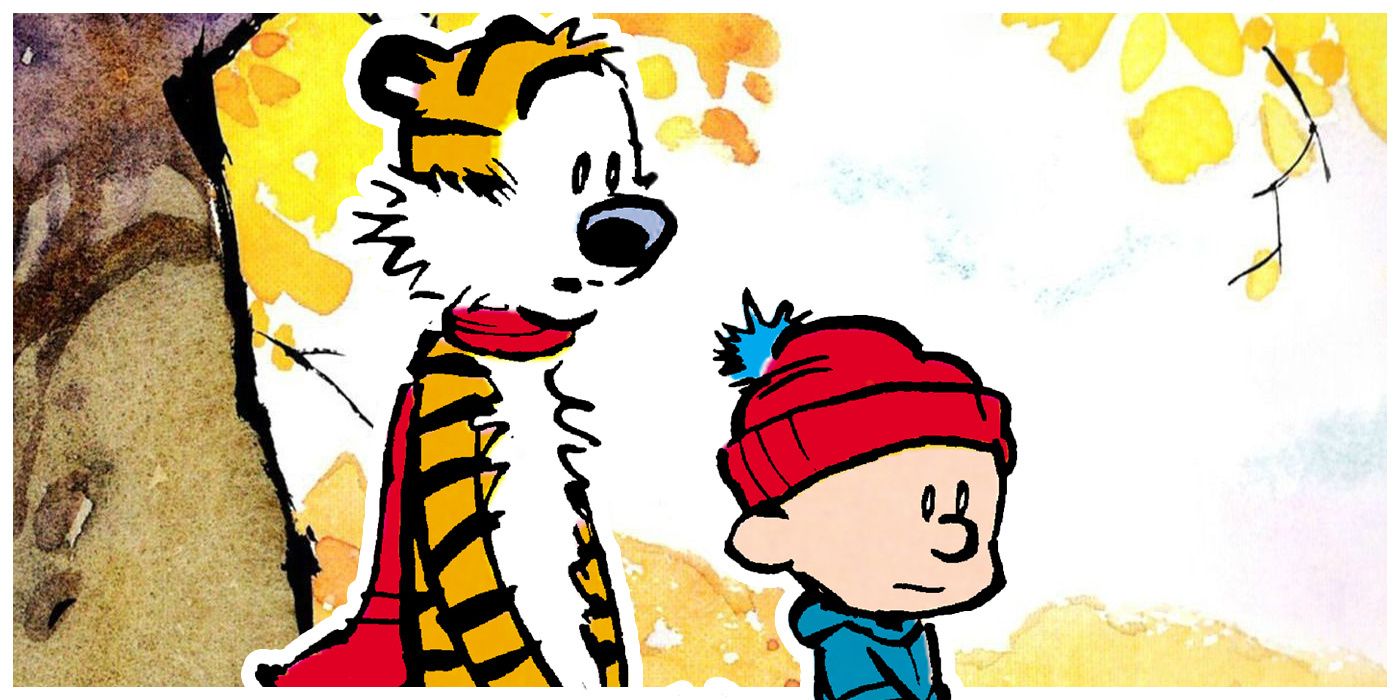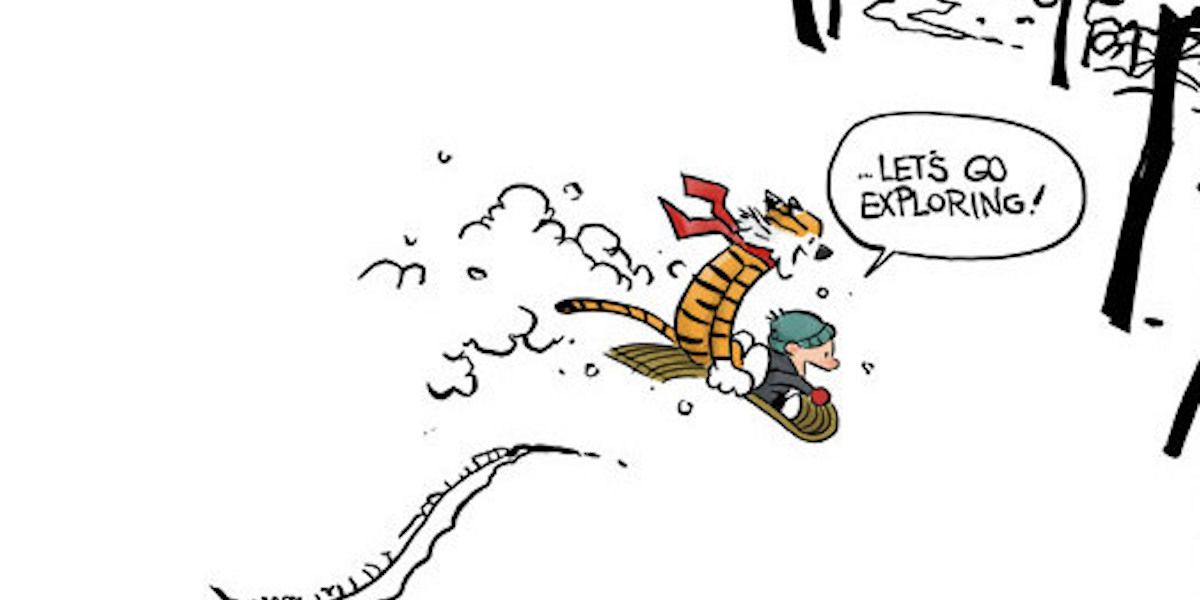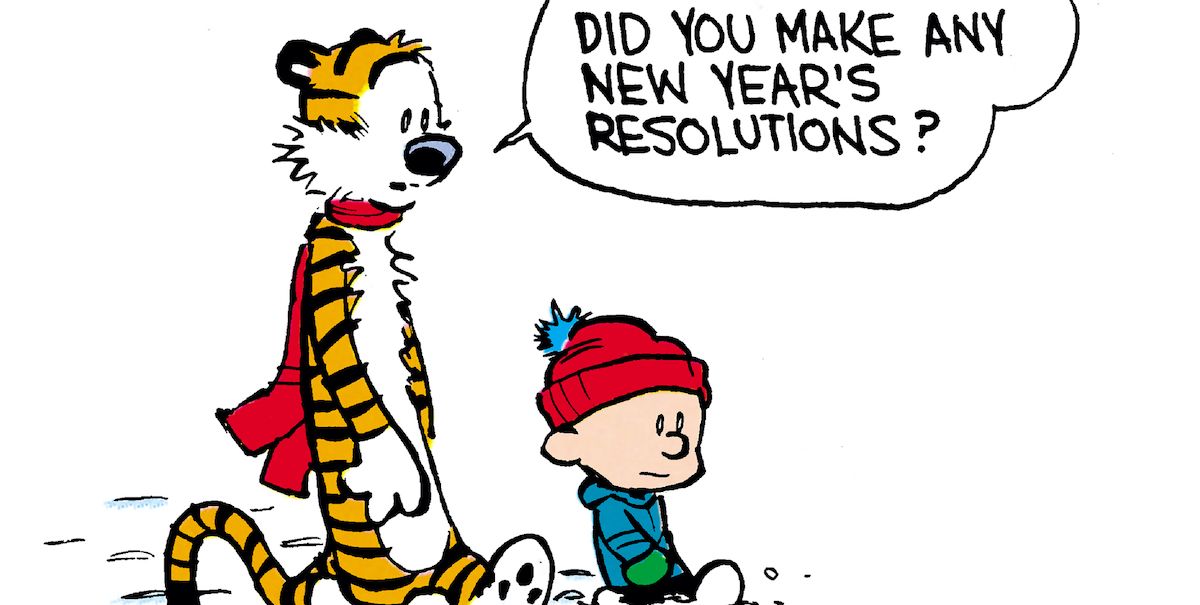Why It’s Good That a Movie Never Happened
In today’s technology-centric world, newspapers are becoming a thing of the past. Comic strips have gone with them. Just a few decades ago, newspapers were big business. When I was growing up, on Sunday mornings at my house, you would sit with your family around the table reading the newspaper while your mother cut out coupons for the next grocery store visit. When your father came home from work during the week, the first thing he did was pick up the sports department. As a kid, you went straight into the comics. That peanuts gang was there. So was Garfield, Dennis the threat, blonde, Hagar the Terrible, and so many more. The king of comics though, if you were an 80’s and 90’s kid like me, it was Calvin and Hobbes.
operation from 1985-1995, Bill Watterson‘s comic strip was a daily adventure that followed quick-witted and bad-tempered six-year-old Calvin and his stuffed tiger, Hobbes. To the adults of Calvin’s world, Hobbes is just an inanimate toy. In Calvin’s mind, however, Hobbes is a real, talking tiger. They’re best friends (Hobbes is actually only child Calvin’s only friend), but there’s more going on. Hobbes represents Calvin’s conscience. Whenever Calvin wants to do something evil, which he often does, Hobbes is there to tell him why he shouldn’t.
To a kid, this comic was everything. Even more so if, like Calvin, you were a lonely child. It was an escape into your imagination where you could adventure with a friend like you. Because Hobbes was an imaginary friend of Calvin and Hobbes, Calvin and Hobbes became imaginary friends of thousands of children. Maybe that’s what Bill Watterson always hoped.
Aside from the adventures and Calvin getting himself into some kind of hilarious trouble, something smarter than your average comic was brewing beneath the surface. As a child, you might not have understood what that something was, but you knew it was there. This comic differed from the cheesy superficiality of popular strips like Garfield. There was something meatier going on.
You only took up the topics of loneliness and commerce when you were older. It’s one of the reasons so many adults still enjoy reading the strip today. Sure, it’s nostalgic and we love seeing Calvin and Hobbes again, but we’re picking up little things we never noticed before and making it like we’re reading the strip for the first time.
It’s even more special when you look at how the comic ended and the man behind it. In 1995 Calvin and Hobbes was as well known as peanuts and Garfield. However, Bill Watterson didn’t want to spend thirty or forty years producing strips every day. He didn’t want it to fade and become a shell of what it was, so he got out while it was still great. Watterson also disappeared from public view, JD Salinger Style never seen by the prying eyes of his fans. He’s given a handful of print interviews and guest-written a few comics over the past two decades, but that’s about it.
Watterson had his chance to commercialize Calvin and Hobbes. He could have made millions from stuffed tiger toys alone. He said no to every request. Those Calvin bumper stickers you see are all unlicensed creations he has nothing to do with. He was even offered the opportunity to turn his creation into a feature film. The temptation had to be there. There were countless peanuts Movies and TV specials. Dennis the threat became a live-action film. Garfield was an animated series and a couple of live-action movies that we’d like to forget. However, Watterson never gave up.
Just like JD Salinger never wanted The catcher in the rye corrupted by Hollywood, neither did Watterson Calvin and Hobbes. It’s the best decision he’s ever made. Sure, there will always be that curiosity of having seen them move across a screen rather than imagining them, hearing them speak and watching them for ninety minutes instead of ninety seconds. Once you get past that curiosity, there’s no need for a Calvin and Hobbes movie ever exist. There’s no way it could ever have worked.
Calvin and Hobbes was special to its readers in a way other comics weren’t, where you read them and then go about your day. Calvin and Hobbes stuck with you they were your friends Adapting it into a film would have meant that children, and the adults they have become, had to share that specificity outside of what existed in our individual minds. That would have quickly damaged its magic, because how do you create something that everyone will love when it’s such a unique and deeply personal experience for your readers? There is no way to recapture the magic of a child’s imagination and turn it into a film.
For a full-length film, there would have been so many choices. Is it going to be hand drawn animation like the comics or will it be like computer animation peanuts became? What is the movie about? What season is it set in? Calvin and Hobbes’ Adventures happen in summer and in winter. How do you agree on one? There are so many seemingly small things to consider that become big problems once made into a film, like how to even choose the voices for the couple when they exist differently in everyone’s mind. One hears Hobbes, for example, in a childish voice, others may have always imagined him as more mature. How do you compromise and create something everyone likes? It is impossible.
Above all, the strip should never be commercialized. Everything is commercialized these days. Even peanuts, the most famous comic of all time, is watered down as you watch the gang try to sell you insurance during football game commercial breaks. To have Calvin and Hobbes not falling into that trap only makes it that much more timeless.
Nothing is more commercialized today than films that ultimately only matter at the box office. No producer will care how great a movie is Calvin and Hobbes could possibly be if it doesn’t gross $50 million in its opening weekend. Calvin and Hobbes had deeper issues. For example, Calvin may have loved violent films, but Watterson used that as a comment on society.
A film would have missed the point and would only be a poor imitation of something that can never be restored. It would be someone else’s vision I saw, not my own. They were never meant to exist like this. If Hobbes was Calvin’s imaginary friend, the two were also like imaginary friends to children like me growing up, and in my mind they should remain.





Comments are closed.